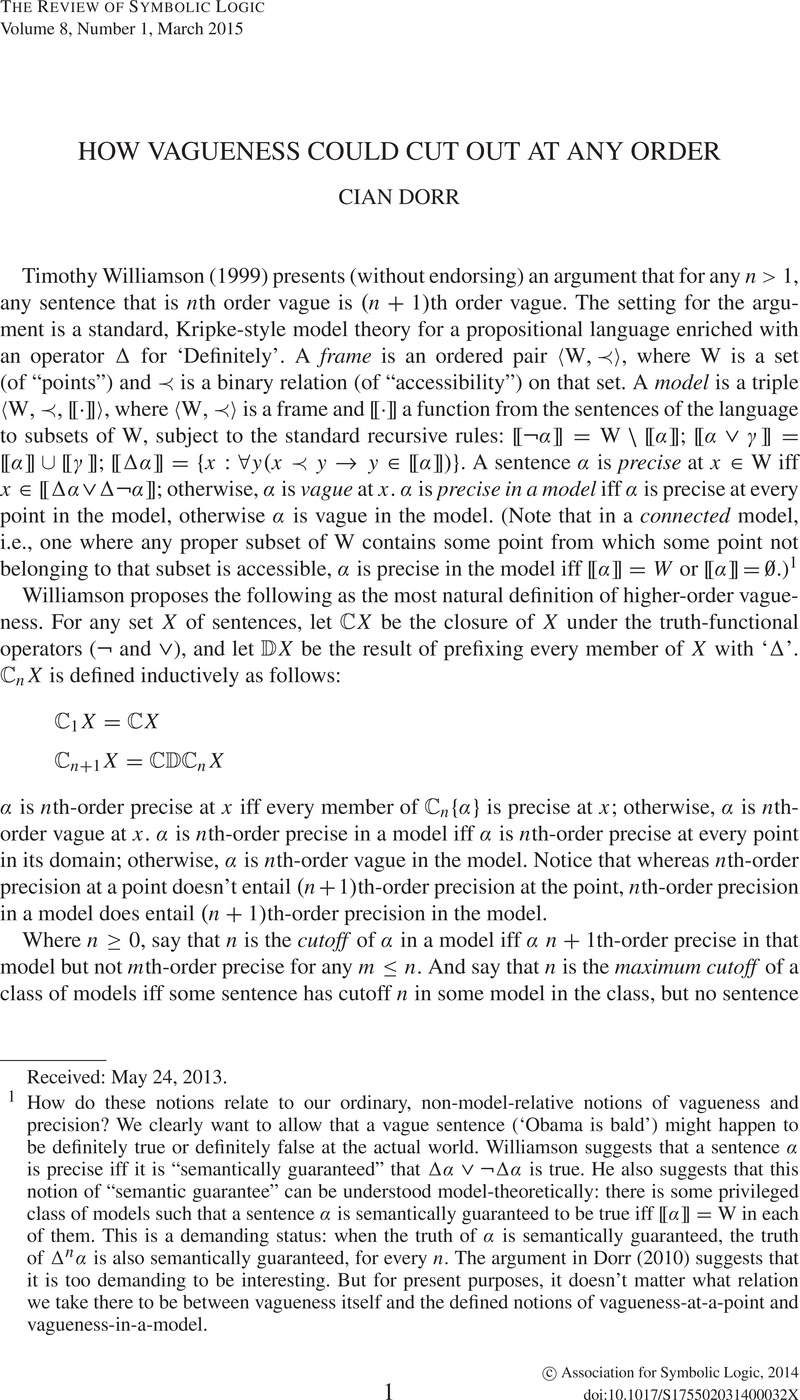Crossref Citations
This article has been cited by the following publications. This list is generated based on data provided by Crossref.
Su, Xingchi
2017.
Logic, Rationality, and Interaction.
Vol. 10455,
Issue. ,
p.
653.

Published online by Cambridge University Press: 30 September 2014
